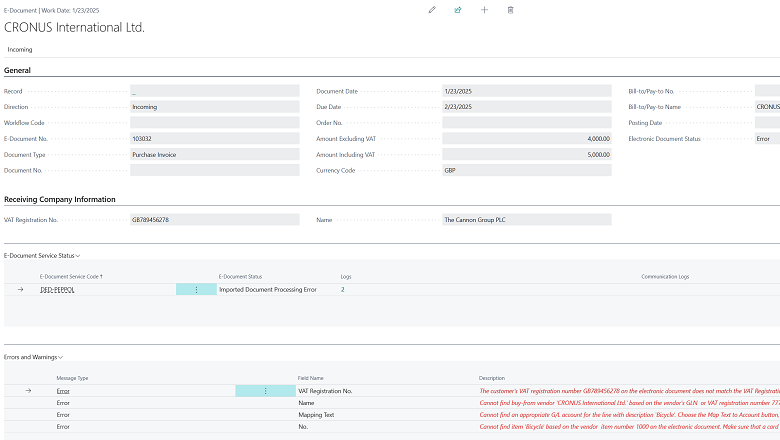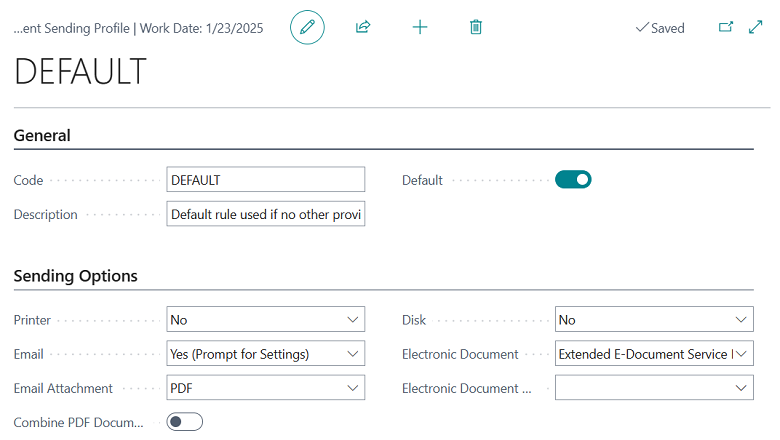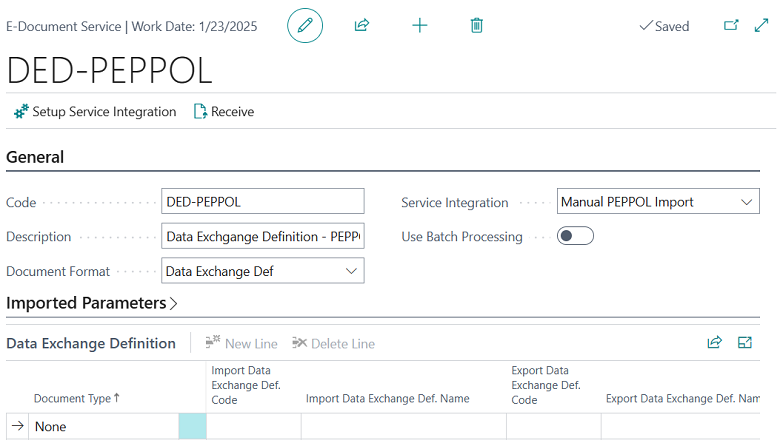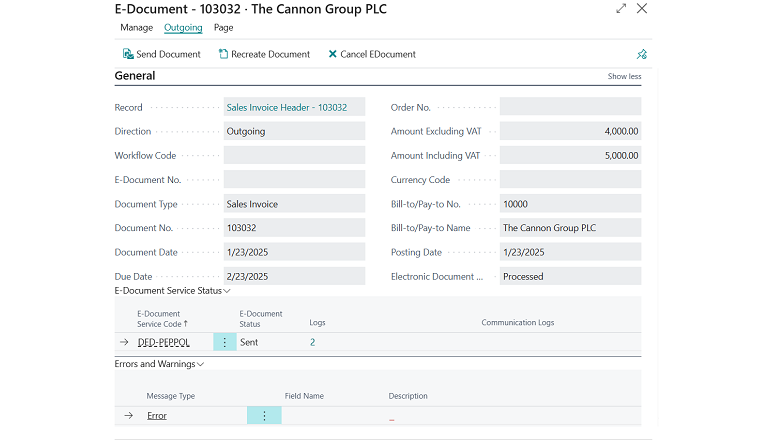E-documents core as a global solution
Important
This content is archived and is not being updated. For the latest documentation, go to What's new or changed in Business Central. For the latest release plans, go to Dynamics 365, Power Platform, and Cloud for Industry release plans.
| Enabled for | Public preview | General availability |
|---|---|---|
| Users, automatically |  Sep 1, 2023
Sep 1, 2023 |
 Oct 2, 2023
Oct 2, 2023 |
Business value
The Dynamics 365 Business Central E-documents module enables different models of electronic invoicing required by different countries.
Feature details
The Continuous Transaction Control (CTC) package is a relatively new term that's used to describe mandatory “real-time” invoice reporting and validation by the tax authorities through e-invoicing or transaction listings. This model of invoicing is becoming the standard method of communication, but in some countries it's already mandatory by law.
Business Central's new E-documents module is the foundation layer for all e-invoicing standards covering most common processes, but the idea is to be used in the future for other electronic documents. The module is easily extendable with the country-based e-invoicing apps. The E-documents app covers both sales and purchase processes and can have different lifecycles from standard invoices in Business Central. The system has an additional set of configurations including different codes, methods, schemas, and security models and can also track specific e-invoicing processes, like statuses, logs, changings, and versions. This module covers both clearance and post-audit models.
To start with the setup, the administrator must open the E-Document Service page and create a new service, using a specific Document Format and Service Integration. After that, they can specify specific workflow based on local requirements, where they can define the Response using created E-Document Service. The configured flow should be added to the Document Sending Profile, choosing the Electronic Document option, Extended E-Document Service Flow.
When you use this functionality and, for example, post the sales invoice, on the Posted Sales Invoice page, you can find the related E-Document with the current status and all the details related to the electronic document.
You can also receive external purchase electronic documents by selecting the Receive action. To populate lines, define Item References or map to the Item to G/L Account in Text-to-Account Mapping.




Tell us what you think
Help us improve Dynamics 365 Business Central by discussing ideas, providing suggestions, and giving feedback. Use the forum at https://aka.ms/bcideas.